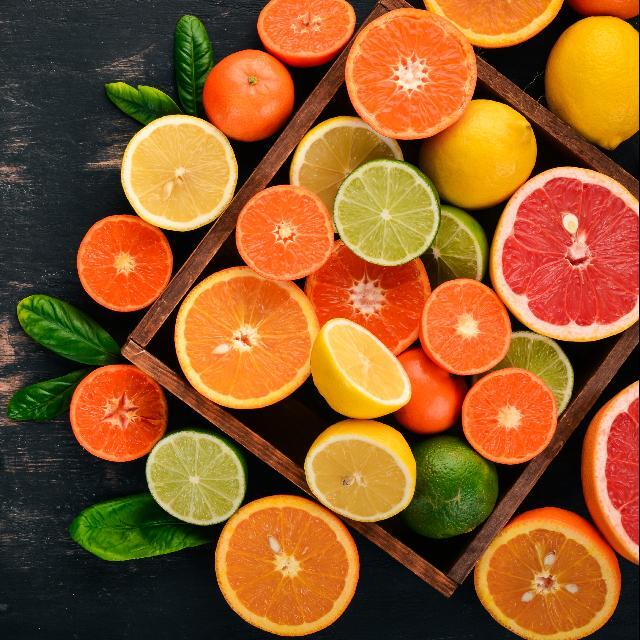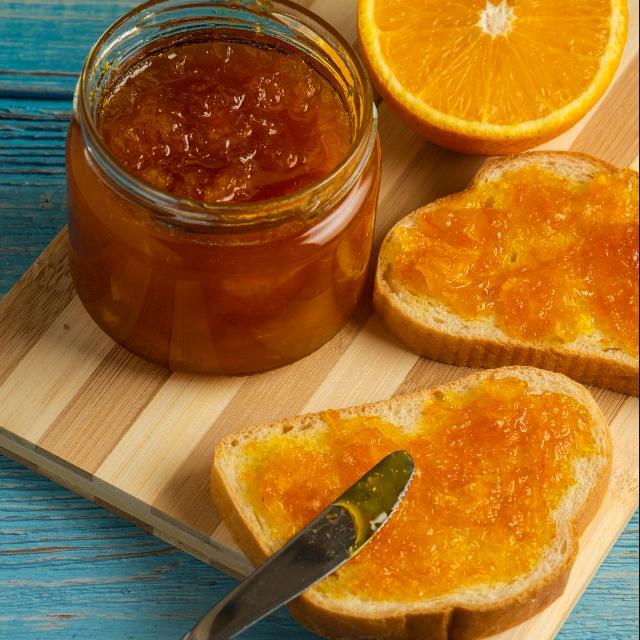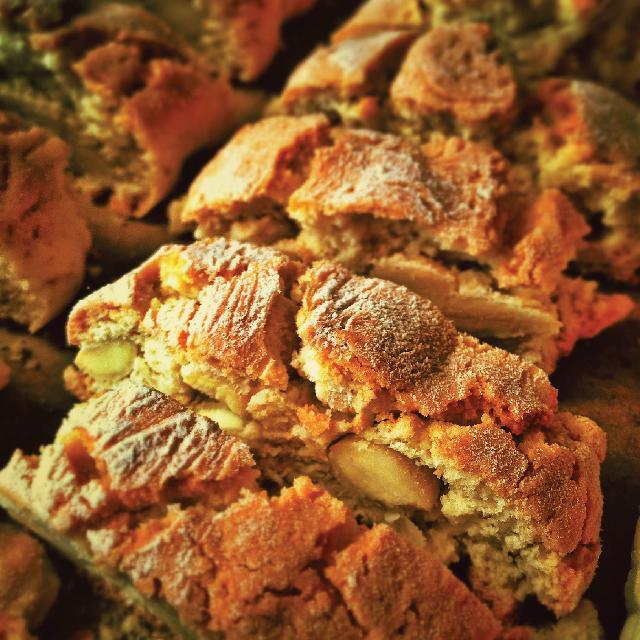Immediate notes of lemon curd and pomelo-like citrus. The mid palate offers upfront fruit, followed by unctuous flavors of marmalade, almond biscotti, and ripe pink pears. The finish is that of a discerning Chardonnay; linear, generous, and long.
The growing season for the 2023 harvest will be remembered for the hot and dry weather followed by cold and wet periods, starting at the end of January, that persisted to the end of the season, well into autumn. These unfortunate climatic conditions influenced vineyards differently, depending on their location and cultivar type. Diligent vineyard management was paramount to ensure that the vineyards stayed protected and ripened the grapes sufficiently.
The warm, dryish winter resulted in earlier than usual budbreak and flowering. The steady weather pattern continued into veraison across all the cultivars. Chardonnay vineyards flourish in very cold winter conditions, so the warmer winter caused
uneven budding and a smaller than usual Chardonnay crop. Luckily, Chardonnay was not affected by the rainy weather, starting in the second half of the growing season, so grapes ripened easily, producing flavorful fruit from which full-bodied, rich wines were made.
The first vines planted on Bartinney were Chardonnay, planted in 1990. Each batch is picked when we believe they are fully ripe. The picked grapes are crushed, the juice is settled for 2 days, and then transferred to 225l oak barrels. The barrel blend is up to 34% new. The toasting is very light (blond), and the wood grain extra tight, to avoid overly toasty and smoky characteristics which will mask the wine's fruit flavour. After fermentation, a portion of the wine goes through spontaneous malolactic fermentation. The wine matures for about 11 months in barrel before it is racked, blended, and bottled.
Winemaker: Ronell Wiid
The warm, dryish winter resulted in earlier than usual budbreak and flowering. The steady weather pattern continued into veraison across all the cultivars. Chardonnay vineyards flourish in very cold winter conditions, so the warmer winter caused
uneven budding and a smaller than usual Chardonnay crop. Luckily, Chardonnay was not affected by the rainy weather, starting in the second half of the growing season, so grapes ripened easily, producing flavorful fruit from which full-bodied, rich wines were made.
The first vines planted on Bartinney were Chardonnay, planted in 1990. Each batch is picked when we believe they are fully ripe. The picked grapes are crushed, the juice is settled for 2 days, and then transferred to 225l oak barrels. The barrel blend is up to 34% new. The toasting is very light (blond), and the wood grain extra tight, to avoid overly toasty and smoky characteristics which will mask the wine's fruit flavour. After fermentation, a portion of the wine goes through spontaneous malolactic fermentation. The wine matures for about 11 months in barrel before it is racked, blended, and bottled.
Winemaker: Ronell Wiid
Bartinney Private Cellar is set on the dramatic slopes of the Botmaskop alongside the Helshoogte Pass overlooking the picturesque Banhoek Valley in Stellenbosch.
Established in 1912, Bartinney has been in the Jordaan family since 1953. Now Rose and Michael Jordaan tend to the 28-hectare farm, with a vision to create excellent wines and reawaken the charm of the historic land. Creating excellence in wine has not been a singular pursuit. Their belief is that every aspect must work in harmony: agriculture with nature, people with animals, sustainability with excellence.
Established in 1912, Bartinney has been in the Jordaan family since 1953. Now Rose and Michael Jordaan tend to the 28-hectare farm, with a vision to create excellent wines and reawaken the charm of the historic land. Creating excellence in wine has not been a singular pursuit. Their belief is that every aspect must work in harmony: agriculture with nature, people with animals, sustainability with excellence.










